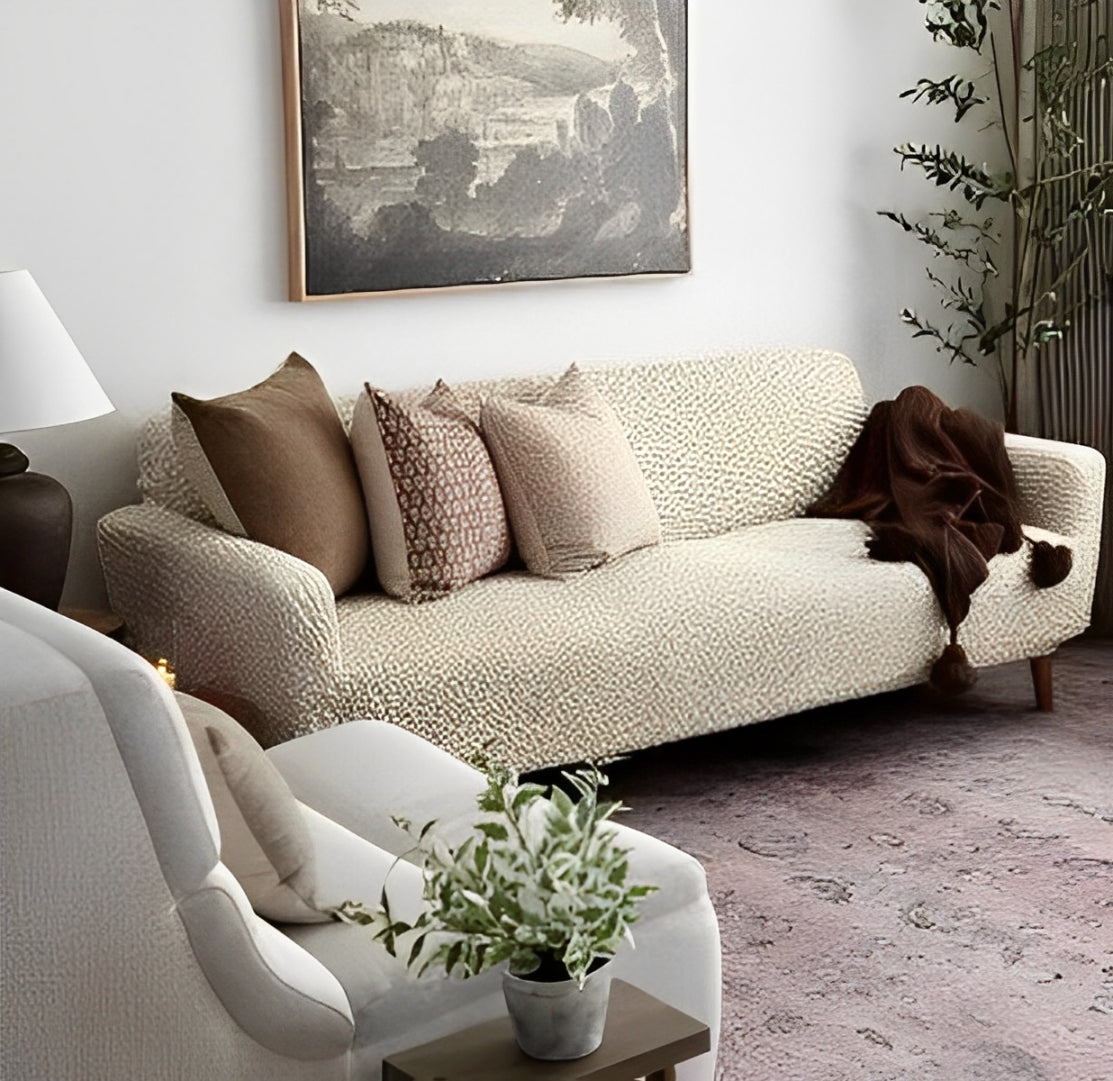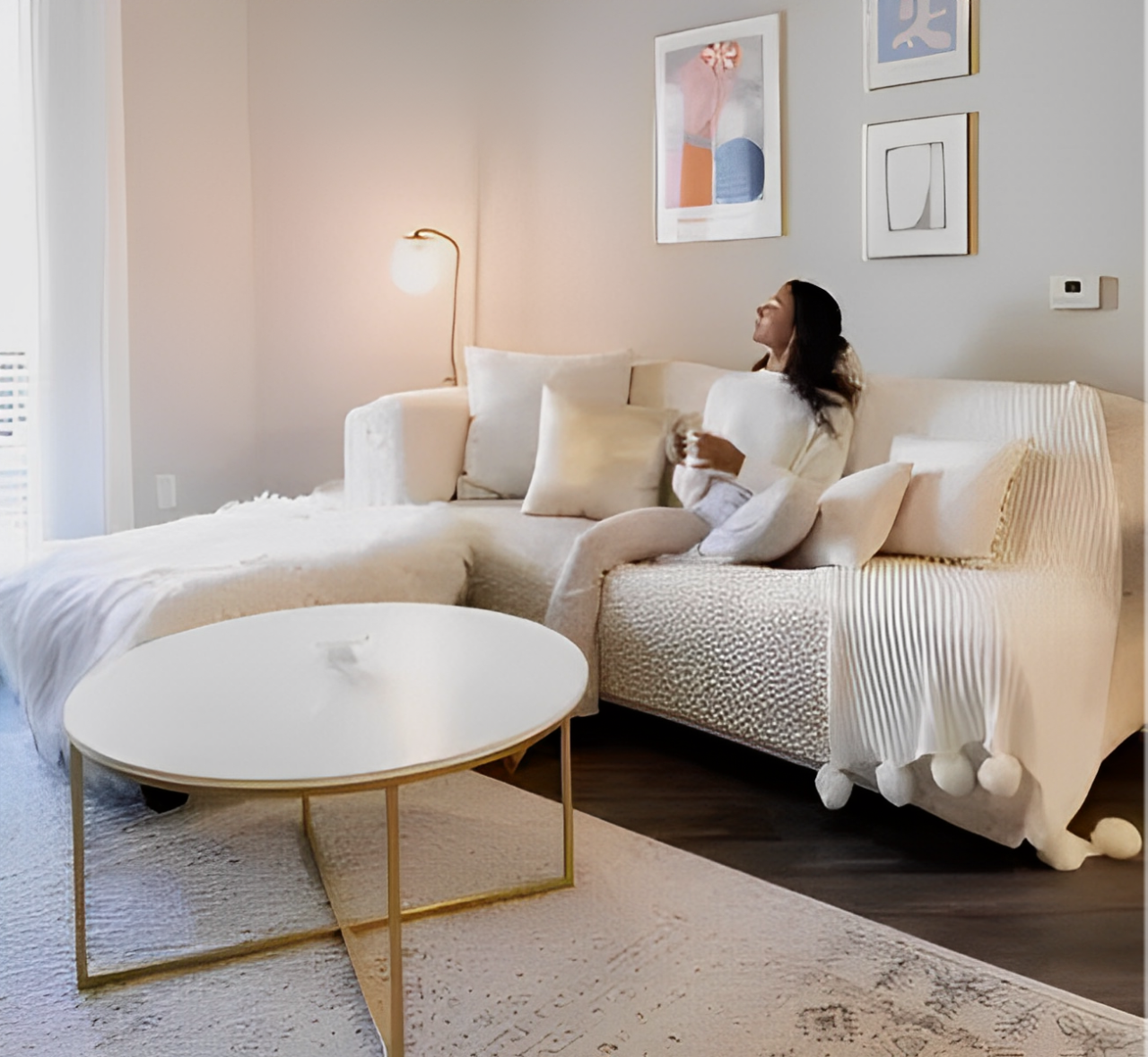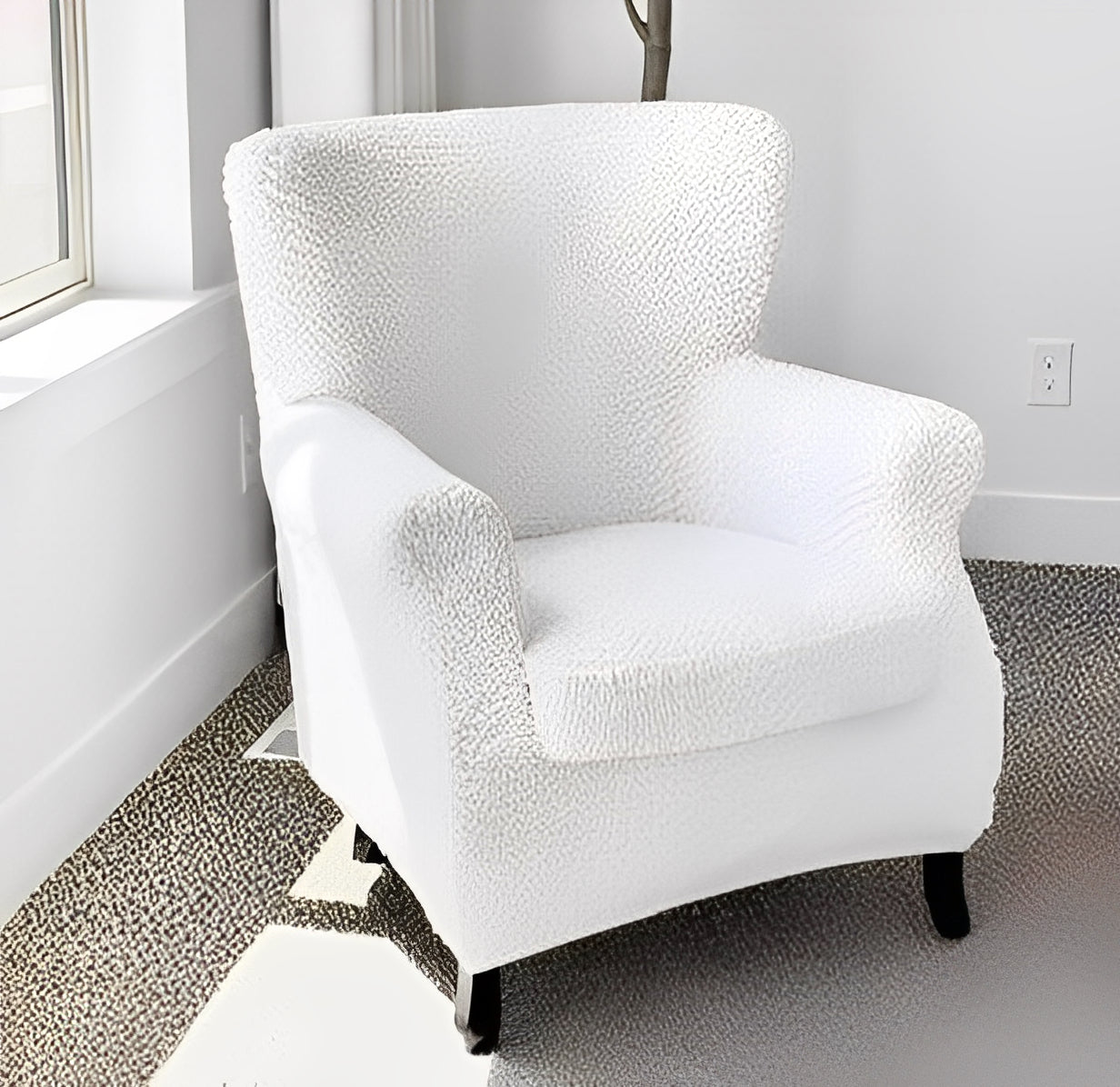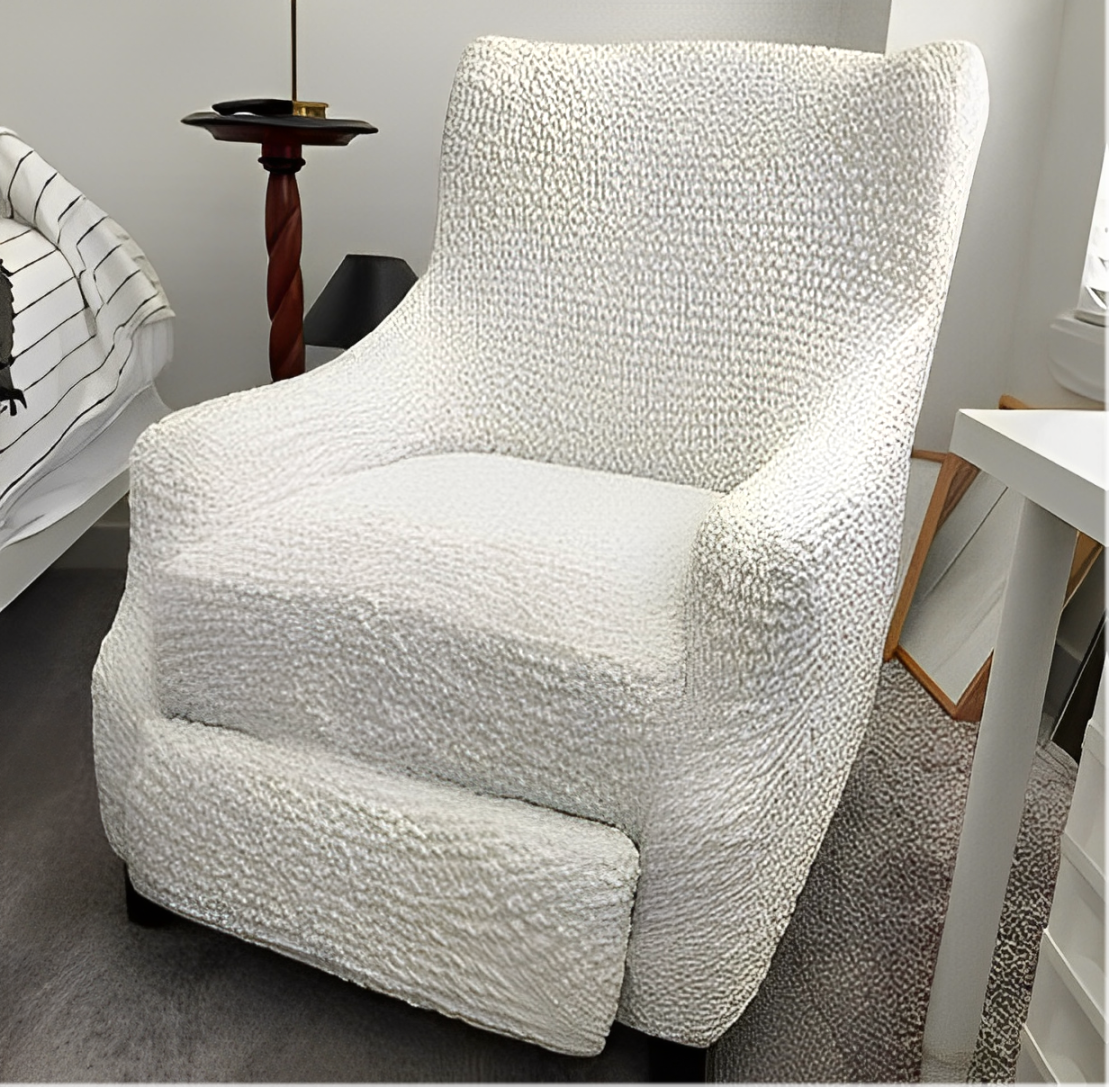Fall is not just about beautiful yellow leaves and hot cocoa. It often means gloomy days with rain and mud. But there is a way to dispel the autumnal gray and create a real tropical oasis at home. Just imagine relaxing during the seasonal cold in your botanical garden, among orchids, strelitzias (birds of paradise), and monsters.
In this article, you will learn how to grow exotic greenery and enjoy a piece of tropical flora in your own home in any weather.
Growing tropical plants indoors is not easy, but it is not impossible. The main thing is to know what they need and create an environment that is as similar to the natural tropics as possible. The most important factors to consider are the right lighting, humidity level, and frequency of watering. This is what we will discuss next.
What Should We Know about Tropical Plant Care Routine?

Exotic climates are characterized by moderately warm temperatures and high rainfall, which keeps the soil moist throughout the year.
Consequently, tropical species are accustomed to well-drained soil that is always sufficiently moist, but not waterlogged, as well as to a warm (but not dry) climate.
Another feature is that these species are not used to direct sunlight. After all, they are used to growing and thriving mostly under a dense cover of various plants that filter light. The environment in the tropics is stable, without large temperature fluctuations. Therefore, sudden changes in air temperature and dry air harm the prosperity of exotic gardens.
At the same time, popular tropical species such as monstera, birds of paradise, and orchids create a cozy, calming, and life-giving atmosphere in any room. Large, reticulated leaves of Monstera add brightness to the interior. The bird of paradise enchants with its bright bird-like flowers, ideal for gardens or bright rooms. Orchids, known for their intricate, long-lasting blooms, have an attractive appearance and add elegance to a room.
Although each species has its own care needs, they all require warmth, high humidity, and indirect light to thrive and create a lush, attractive environment.
Tropical Foliage Plant Care: Improving the Watering Routine
1. Create a Tropical-Like Environment
For such plants to thrive, it is important to recreate the conditions of their natural habitat, namely moderate warmth, good humidity, and diffused light. Therefore, monitoring the air temperature and constant watering are essential to achieve this goal. These species usually prefer slightly moist, but not too much, soil. Watering with water at room temperature helps maintain root health, keeping your plants comfortable and stress-free.
It is also worth taking care of furniture that is in the same room as your exotic species. Use chair covers to protect your furniture from the moisture generated by caring for tropical plants indoors.
2. Understand Common Indicators of Overwatering and Underwatering
If the leaves begin to turn yellow, the stems become soft, and the smell is musty, this indicates overwatering. To solve this problem, water your plants less often and ensure the container has good drainage.
On the other hand, wilted leaves or leaves with brown, crispy edges indicate that the plants are not getting enough water. In this case, gradually increase the frequency of watering and spray the leaves. This will increase the humidity level.
By responding to these signs, you can maintain a healthy and vibrant tropical oasis.
3. Improve Watering: Tips and Hacks
Water the plants once or twice a week, varying the frequency of watering depending on the needs of each species. Make sure the top inch of soil is dry between waterings to avoid waterlogging. Consider the type of plant, time of year, and indoor conditions to determine the optimal watering frequency.
Also, don't forget to spray the foliage, especially during hot summers or frequent use of air conditioning.
Bright Ideas: Navigating Light Needs for Exotic Plants

Tropical plants thrive in bright indirect light, similar to the filtered sunlight they experience under a dense canopy in their natural habitat. Intense direct sunlight can lead to leaf burn and stress. For optimal growth, place your species near east or north-facing windows to enjoy soft morning light.
If only south or west-facing windows are available, position the plants a few feet away to protect them from the strong midday sun.
Solutions for Low-Light Areas
If you have rooms in your home with limited natural light, install special grow lights in the room. Exotic plants do well under full-spectrum LED or fluorescent lights that mimic the sun's rays. Place them about 12-18 inches above your species and leave them on for 12-16 hours a day. In this way, your plants will get enough light and will be healthy.
Root Revival: Simple Soil and Fertilization Tips
Tropical plant care indoors requires well-drained, nutrient-rich soil similar to that found in their rainforest homes. Mix potting soil with perlite or sand to ensure good drainage and avoid waterlogging, which can cause root rot.
Feed your greenery with a balanced water-soluble fertilizer every 4-6 weeks during the growing season (spring and summer). Choose a fertilizer with essential nutrients such as nitrogen, phosphorus, and potassium to maintain lush foliage and vibrant blooms.
For healthy plant growth, it is important to transplant them on time. Repot every 1-2 years or when you see roots coming out of the drainage holes. Use a pot that is 1-2 inches larger than the current one and gently loosen the root ball before placing it in the new pot. This will keep your plants healthy and support their further growth.
Tropical Comfort: Mastering Humidity and Temperature for Thriving Garden
Humidity Requirements
Exotic plants need high humidity because this is their natural environment. To increase humidity in the room, place a tray of water near the greenery or use a humidifier. Try to group plants, because they release moisture into the air through their leaves. Also, the cluster of exotic greenery looks like real tropics.
Humidity Amplifiers
Use mist bottles or ultrasonic humidifiers to increase humidity. Spray leaves regularly to quickly moisten the leaves or use a humidifier to maintain a constant level. The combination of these methods creates an ideal environment for all species.
Temperature Tips
Keep tropical plants in a stable temperature range of 65-80°F (18-27°C). Avoid sudden changes in temperature, especially in winter. Do not place them in drafts, or near heaters or air conditioners to prevent stress and sudden temperature fluctuations.
Growing Tropical Plants Indoors: Overcoming Challenges

Typical Issues
When growing exotic species, you may encounter several problems such as pests, yellowing leaves, and root rot. The most common pests are spider mites and aphids. Dry conditions are a favorable environment for their development.
On the other hand, over-moistening can also destroy the plant. This is evidenced by yellowed leaves, which also indicate a lack of nutrients. Be equally wary of root rot caused by waterlogged soil and poor drainage.
Diagnosing and Treating Problems
- Pests: Regularly check your plants for pests. Treat infestations with insecticidal soap or neem oil and ensure good air circulation to prevent future issues.
- Root Rot: Remove the plant from its pot, cut away any rotten roots, and repot it in fresh, well-draining soil. Ensure the new pot has good drainage.
- Yellowing Leaves: Adjust your watering routine and check soil moisture. Use a balanced fertilizer to address nutrient deficiencies and make sure your plant receives sufficient light.
We hope that all these tips will help you grow a garden that will make you feel like you're in the tropics even in the fall.
MORE INTERIOR DESIGN IDEAS AND INSIGHTS:
Introducing Our New Goffrato Velvet Collection: Elegance Meets High Performance
The Most Loved Home Design Styles in the US
Thank You for Sharing: Customer Stories That Warm Our Hearts
Mamma Mia Covers: The Difference Between Our Fabrics











